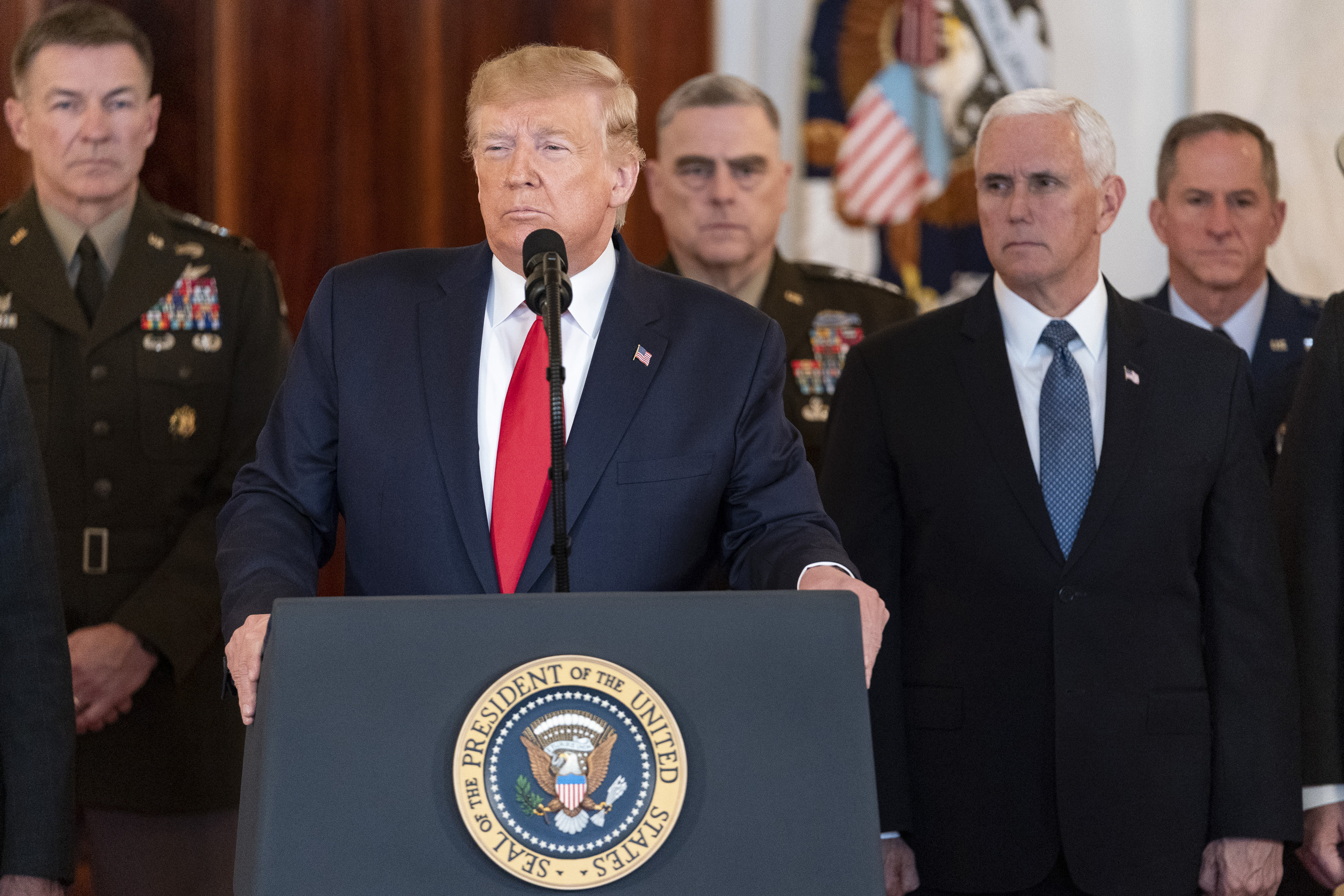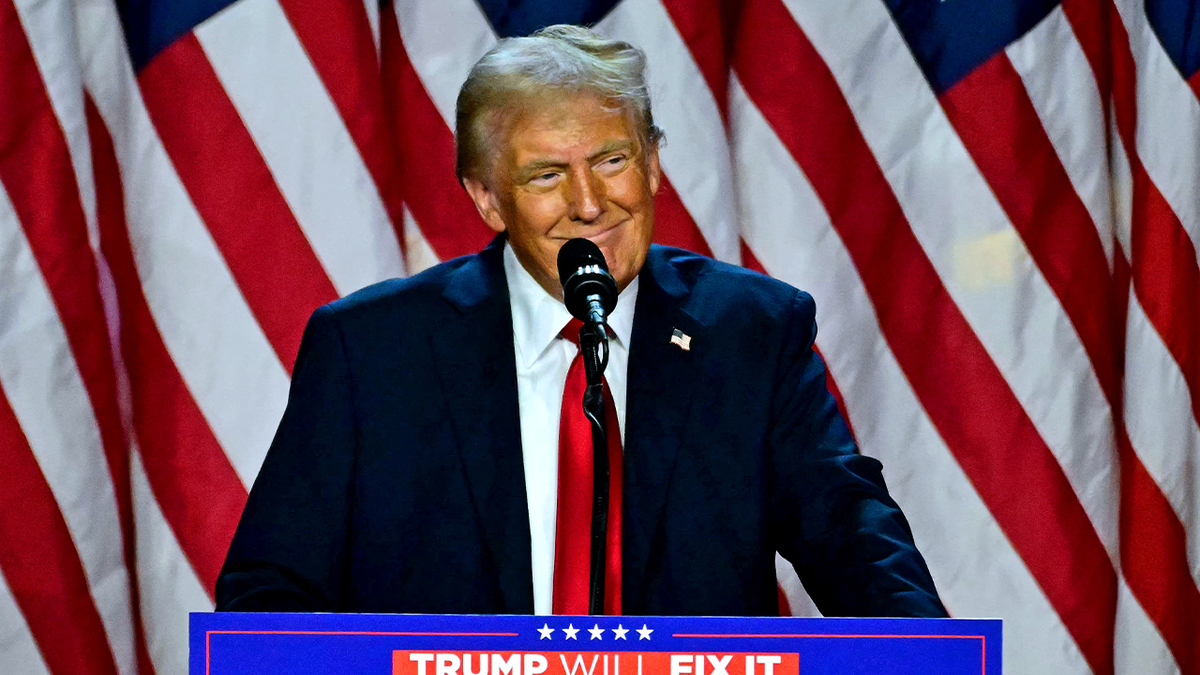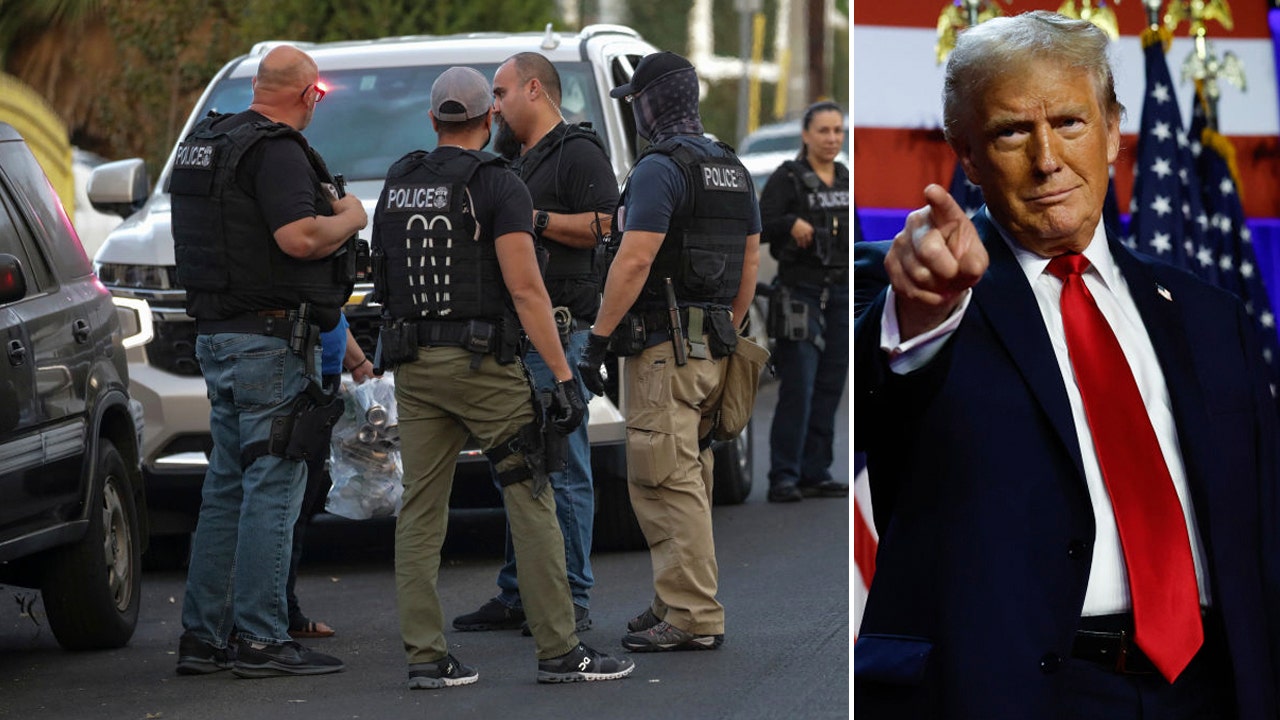Mace Pushes for Release of $200 Million Loan for Mercedes Plant

About the Organizations Mentioned
Trump administration
The **Trump administration** refers to the executive branch of the U.S. federal government during Donald J. Trump’s presidency, initially from January 20, 2017, to January 20, 2021, and resuming with his second term starting in 2025. It was characterized by a mix of aggressive domestic policies, significant judicial appointments, and a distinct foreign policy approach that emphasized "America First" principles[4][8]. The administration’s key activities included **tax reform**, notably passing the $3.2 trillion Tax Cuts and Jobs Act, which represented the largest overhaul of the U.S. tax code in decades[5]. Trump also renegotiated trade agreements with major economies including Mexico, Canada, China, Japan, and South Korea, prioritizing bilateral deals over multilateral ones such as the Trans-Pacific Partnership (TPP), which the administration withdrew from early on[1][2]. The administration sought to protect American jobs by restricting cheap foreign labor and influencing agencies like the Tennessee Valley Authority to retain American workers[5]. On the judicial front, the Trump administration appointed over 200 federal judges, including three Supreme Court justices—Neil Gorsuch, Brett Kavanaugh, and Amy Coney Barrett—shaping the judiciary for years to come[4]. These appointments were among the most significant achievements, influencing U.S. law on multiple fronts. In foreign policy, the administration pursued a controversial agenda: it imposed travel bans on several predominantly Muslim countries, withdrew U.S. troops from northern Syria, and supported Saudi Arabia militarily despite congressional opposition related to the Yemen conflict[1][3]. It also fostered new international technology alliances, such as securing commitments from allies to exclude Chinese telecom giant Huawei from 5G infrastructure and signing AI cooperation agreements with the UK[5]. The Trump administration faced substantial political turmoil, including two impeachments by the House of Representatives—first in 2019 over Ukraine dealings, and again in 2021 following the January
Mercedes-Benz
## Overview Mercedes-Benz Group AG is a German multinational automotive giant headquartered in Stuttgart, known globally for its luxury vehicles, technological innovation, and engineering excellence[1]. The company is a leader in the premium car and van segments, offering models under the Mercedes-Benz, Mercedes-AMG, and Mercedes-Maybach brands, and has strategic investments in companies such as Daimler Truck, BAIC Motor, and Aston Martin[1]. Additionally, through Mercedes-Benz Mobility, the Group provides a comprehensive suite of financial and mobility services, including leasing, insurance, and digital payment solutions[5]. ## History The company traces its roots to the 1926 merger of Benz & Cie. (the world’s oldest car company) and Daimler Motoren Gesellschaft, forming Daimler-Benz[1]. Over the decades, it underwent several transformations: the acquisition of Chrysler in 1998 led to the creation of DaimlerChrysler, which reverted to Daimler after the Chrysler divestiture in 2007[1]. In February 2022, the company was renamed Mercedes-Benz Group AG, following the spin-off of its commercial vehicle business as Daimler Truck[1]. This rebranding underscored a renewed focus on luxury passenger vehicles and mobility services. ## Key Achievements Mercedes-Benz has long been synonymous with automotive innovation, introducing groundbreaking technologies such as the crumple zone, anti-lock braking systems (ABS), and advanced driver assistance systems. The company has consistently ranked among the world’s top car manufacturers by revenue and brand value[1]. In 2023, it was the seventh-largest car manufacturer by revenue and ranked 42nd on the Forbes Global 2000 list[1]. Its vehicles are celebrated for their performance, safety, and luxury, maintaining a strong presence in key markets like China, the US, and Europe. ## Current Status Despite a challenging global automotive landscape marked by tariffs, market pressures,








